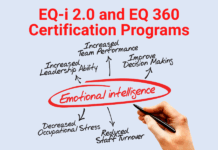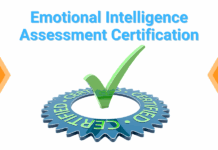
So you have this new, exciting idea that’s going to completely change your company culture – and a great plan to implement the changes you want to see. What could go wrong? One of the biggest hurdles a culture change champion faces is the group of employees that have been around for a decade or more.
They’ve heard it all before. They’ve lived through “re-engineering,” “total quality management,” “tribal teams,” “employee engagement,” and all the rest.
And what have they learned? They know through first-hand experience that most of these initiatives don’t last. The initial enthusiasm wanes when the champions don’t see any traction on the new culture.
More importantly, these old-timers don’t have to actively fight the initiative; that takes too much energy. All they have to do is nod their heads when the champion speaks – and keep on doing what they’ve always been doing.
The new culture might sound vibrant and exciting, but the old-timers are fully committed to the old ways. They’re motivated – to keep things the same. What has to happen for change to take hold is that they instead become motivated to embrace the new practices and behaviors.
Can Old Dogs Learn New Tricks?
Culture change isn’t easy. The champion is asking people to step away from time-honored practices. (It doesn’t matter if those practices don’t work well. They’re “the way we’ve always done it.”)
How can leaders inspire every member of their organization to embrace the new culture, to demonstrate desired values and behaviors and practices? These three approaches will help.
Address Why: set the context. What is it about the industry, the marketplace, your customers, and/or the opportunity that demands a shift in the way your team or company operates? Tell the story and define the path towards the high performance, values-aligned culture you require.
Discuss What: define the new rules. Clarify the team’s purpose, its reason for being today – from the perspective of your customers. Formalize performance standards by defining what an “A+” job looks like daily. Formalize values standards by defining values in observable, tangible, measurable terms. Explain that the rules apply to everyone in the company, top to bottom.
Explain How: align players, plans, decisions, and actions. Show them how to live these new expectations; model the new behaviors in every interaction. Teach them how to live these new rules through your new valued behaviors. Hold people accountable. Promptly recognize aligned effort & accomplishment. Promptly redirect misaligned activity. Keep at it, every day – celebrate, coach, refine.
Your old dogs will have to choose: embrace the new direction – or separate themselves from your team, finding roles in other companies. Either way, you’re team or company will evolve.





